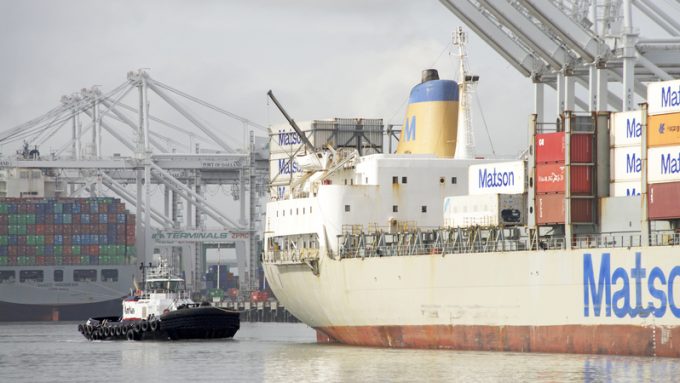New services and reinstated blanked sailings boost transpacific capacity
The Gemini Cooperation has introduced an additional transpacific service as a rush of demand and ...

The downturn on the transpacific, compared with the pandemic-driven boom of the past two years, is palpable as ocean carriers start to post their Q1 results – but there are suggestions a rebound is imminent.
First-quarter preliminary results from US domestic and transpacific carrier Matson saw ...

Comment on this article